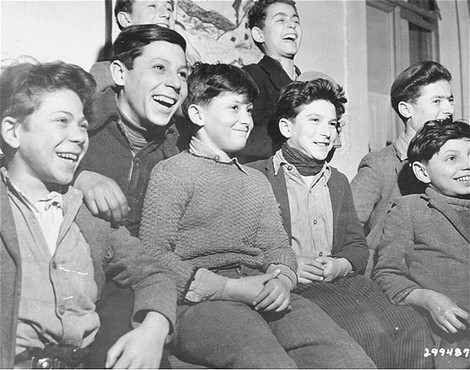
Lindenfels Displaced Persons Camp
For the Jews who survived the Holocaust, the end of World War II brought new challenges. Many could not or would not return to their former homelands, and options for legal immigration were limited. In spite of these difficulties, these Jewish survivors sought to rebuild their shattered lives by creating flourishing communities in displaced persons camps in Germany, Austria, and Italy. In an unparalleled six-year period between 1945 and 1951, European Jewish life was reborn in camps such as Lindenfels.

Lindenfels was a displaced children's center in the district of Frankfurt, Germany, in the American-occupied zone. The camp was comprised of four separate hotels.
Camp occupants ranged from ages five to eighteen and schooling was provided for preschool through high school. Of the approximately 415 Jews who populated the camp in October 1946, over 300 attended schools.
On Channukah 1946, General McNarney, the commanding general of the American forces in Germany, attended a party for 200 orphaned children at the camp. The moving gathering brought together the American official and Lindenfels survivors, most of whom had been left with Polish peasants by parents who eventually died. The children had been brought to Lindenfels with the help of displaced persons (DPs) and the Va'ad Hatzalah, which returned to Poland after liberation to retrieve or ransom the children from their custodians.
Kibbutzim (Zionist communes) were important in Lindenfels, where an active chapter of Ha-Shomer ha-Tsa'ir (Zionist youth group) was established. On November 15, 1948, the camp closed.
Critical Thinking Questions
- What challenges did survivors face in the DP camps?
- What challenges did the Allies face in establishing and supervising DP camps?
- What responsibilities do (or should) other nations have regarding refugees from war and genocide?

